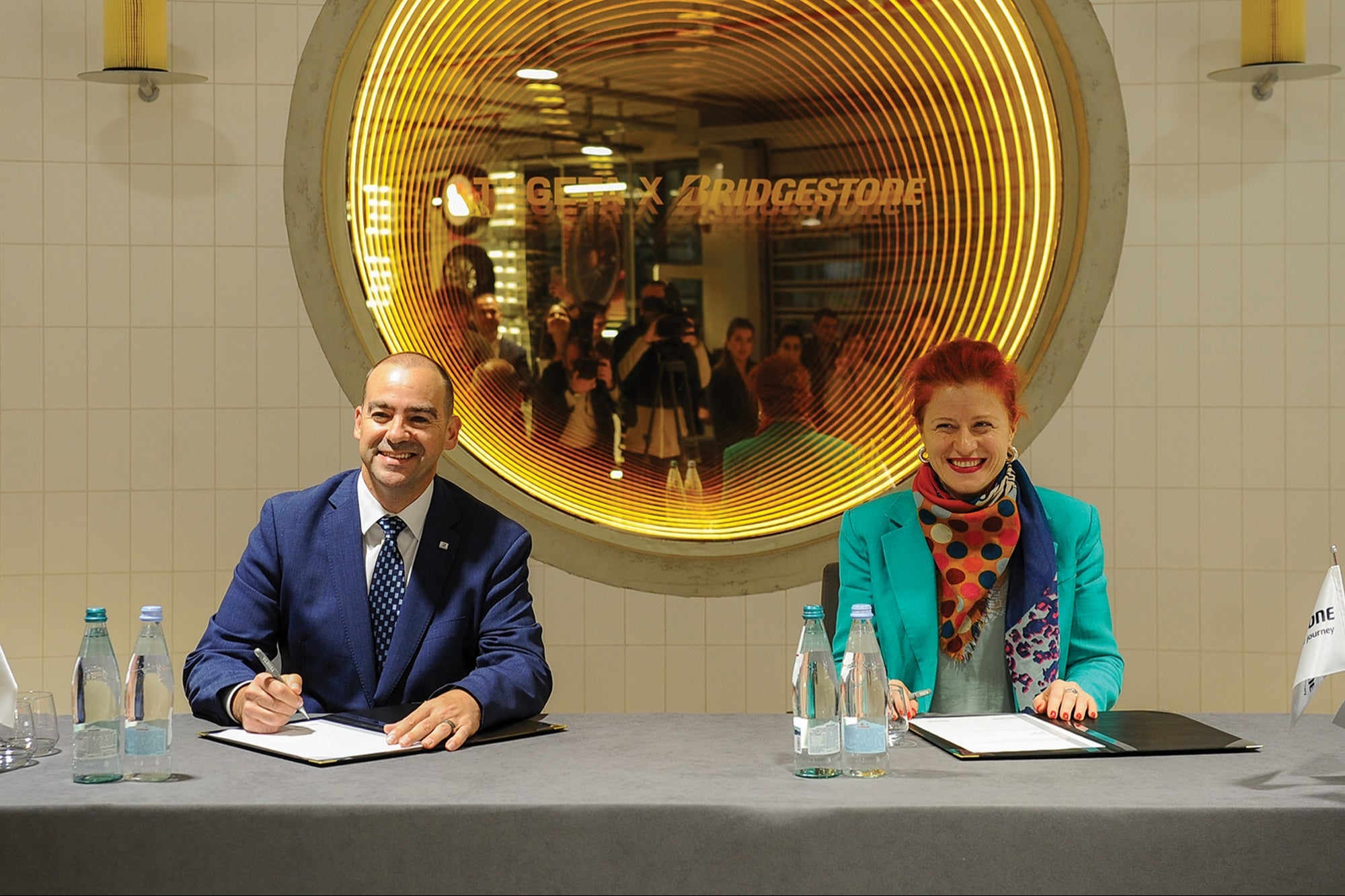Crafting the Future of Rainwater Recycling: A Visionary's Blueprint for Eco-Resilient Cities
By David Webber
Opinions expressed by Entrepreneur contributors are their own.
You're reading Entrepreneur Georgia, an international franchise of Entrepreneur Media.

Photo courtesy of Guirang Zhang
The concept of "sponge cities" has emerged as a game-changer in the pursuit of sustainable urban development. This is true, particularly in regions like Nanyang, Henan Province, where natural water resources are scarce. Guirang Zhang, an engineer who has spearheaded the rainwater recycling system that seamlessly integrates with urban greening projects, is leading this type of approach.
The Sponge City initiative, advocated by China's central government in 2013, aims to transform urban landscapes into resilient, water-efficient ecosystems. By mimicking nature's ability to absorb, store, and purify water, these cities are designed to alleviate flooding, conserve water resources, and promote environmental sustainability.
Permeable Pavements: Unlocking the Potential
A key component of sponge city construction is the integration of permeable pavements. These surfaces allow rainwater to seep through and replenish groundwater reserves. Zhang recognized the potential of these surfaces and set out to incorporate them into his urban greening projects without increasing the overall budget.
After extensive research and trials, Zhang and his team developed a patentable program that seamlessly combines the six essential elements of a sponge city: seepage, stagnation, storage, purification, use, and drainage. This comprehensive approach enhances the aesthetic appeal of urban landscapes and significantly increases the rainwater recycling rate.
Permeable pavements are crucial in facilitating seepage, allowing rainwater to permeate through the surface and into the underlying soil. Strategically designed depressions and swales further aid in water stagnation, preventing rapid runoff and promoting infiltration.
Storage and Purification
Once collected, the rainwater is stored in underground reservoirs, where it undergoes a two-stage purification process. Physical filtration removes larger particles and contaminants. It is followed by a microbial autonomous recycling purification system that employs biological agents to further purify the water, ensuring its suitability for irrigation.
The purified rainwater is then utilized to irrigate urban green spaces, significantly reducing the demand for freshwater resources. Any excess water is safely drained through a well-designed drainage system, preventing flooding and minimizing environmental impact.
Remarkable Results
The implementation of Zhang's innovative rainwater recycling system has yielded remarkable results. The average annual rainwater recycling rate has increased from a mere 10% to an impressive 45%, with some months exceeding 50%. This achievement addresses the issue of flooded roads during rainy seasons and provides a sustainable source of water for irrigation, reducing the long-term operational costs of urban greening projects.
By seamlessly integrating permeable pavements, rainwater harvesting, and microbial purification systems, Zhang's solution exemplifies the principles of sponge city construction. This holistic approach mitigates urban flooding and promotes water conservation, environmental protection, and long-term sustainability, paving the way for a greener and more resilient future for cities like Nanyang and beyond.









